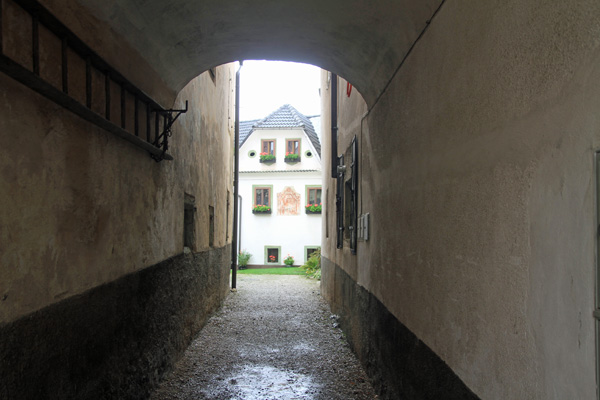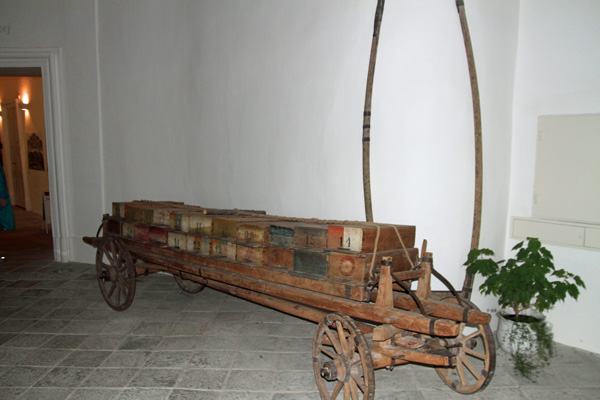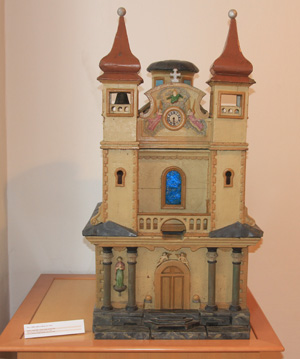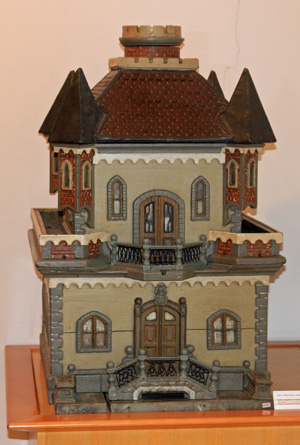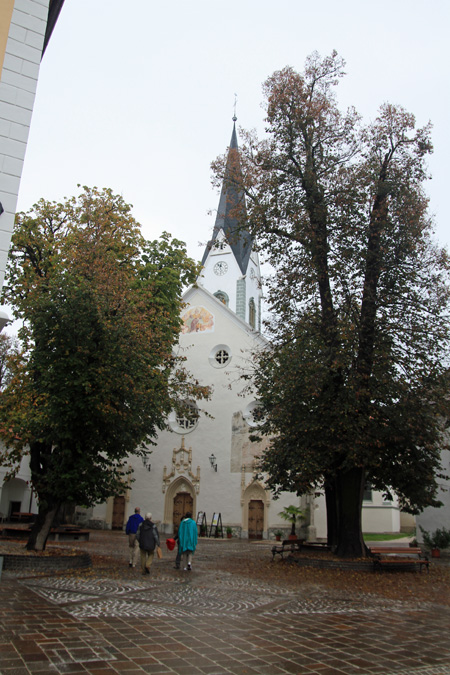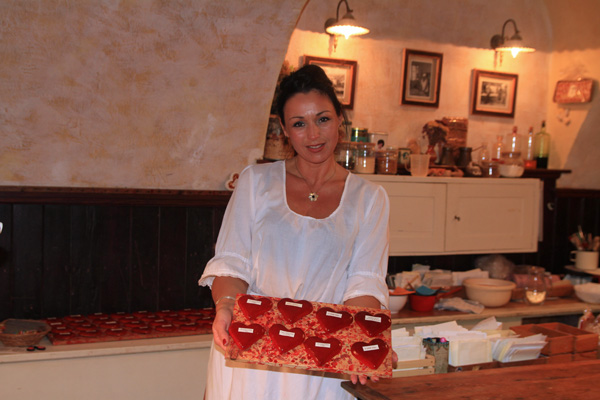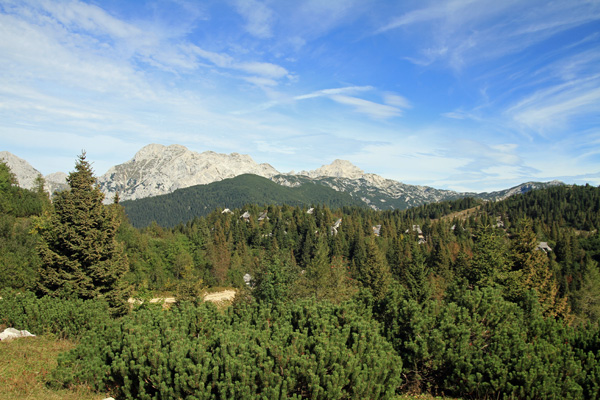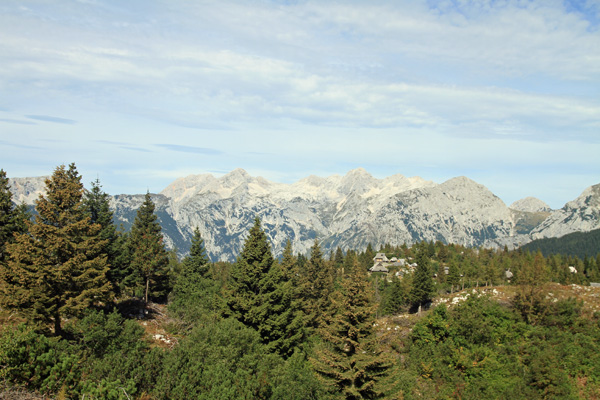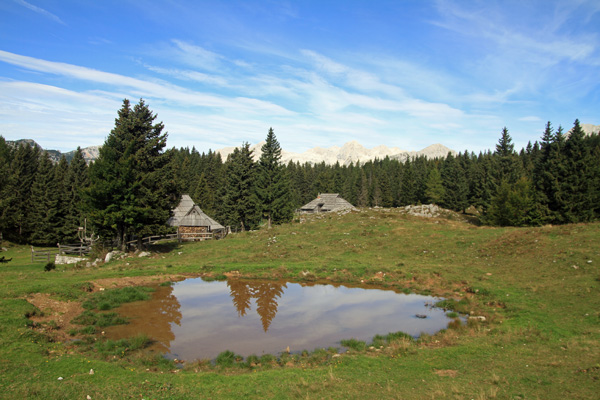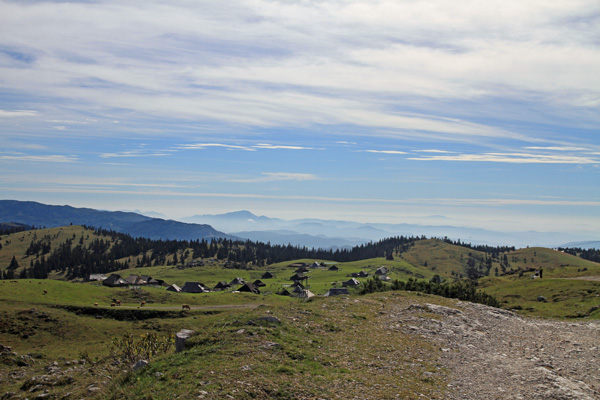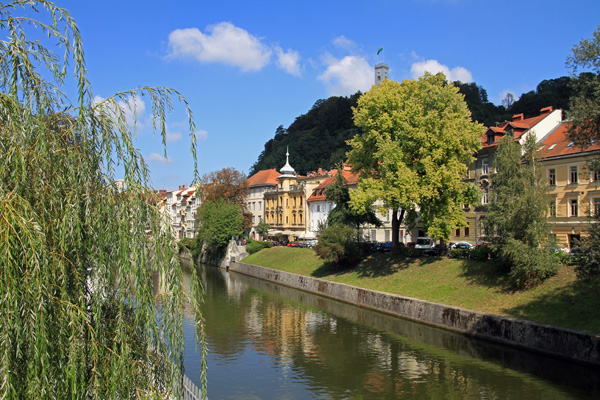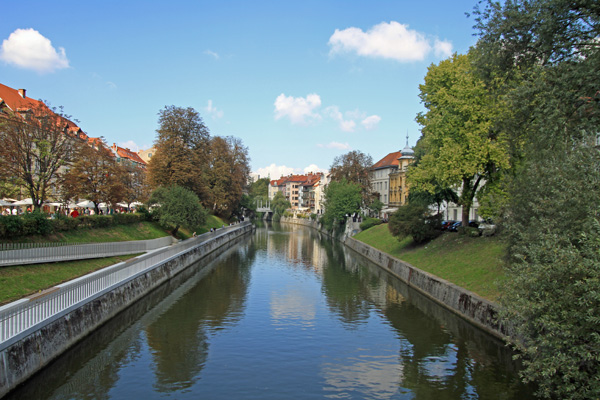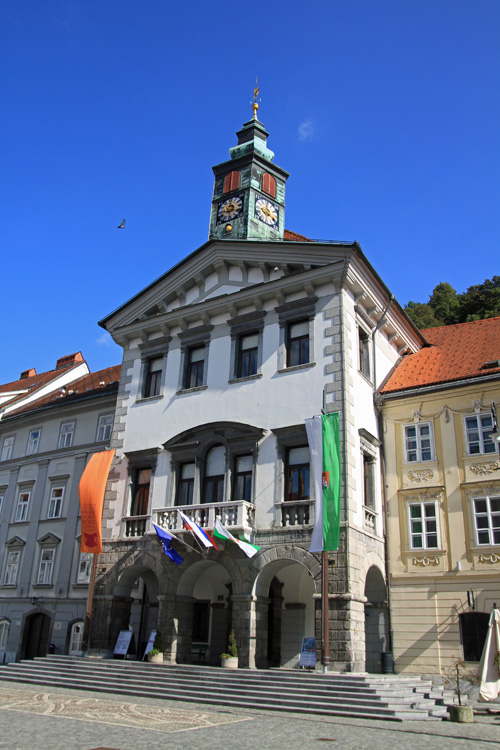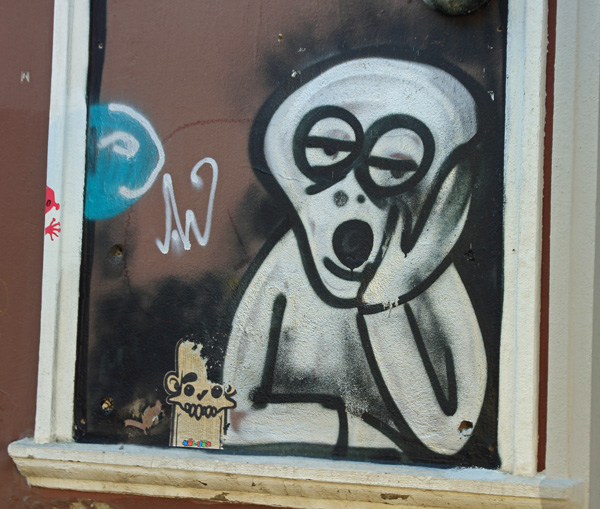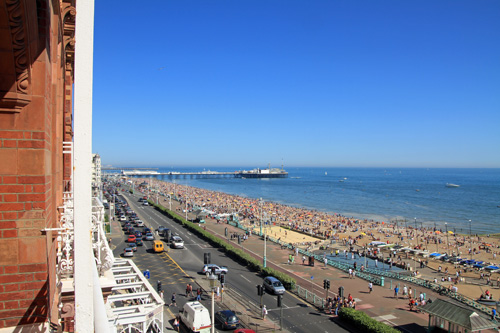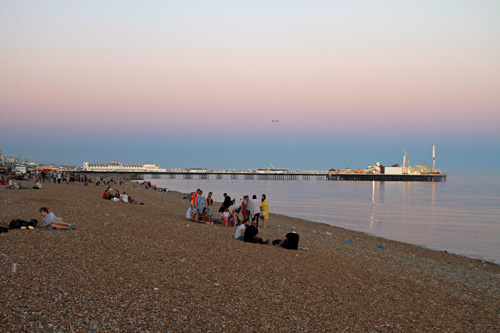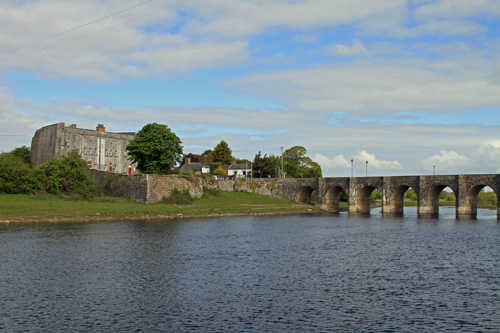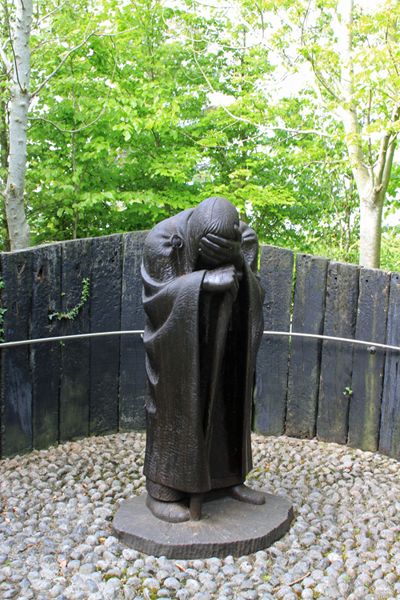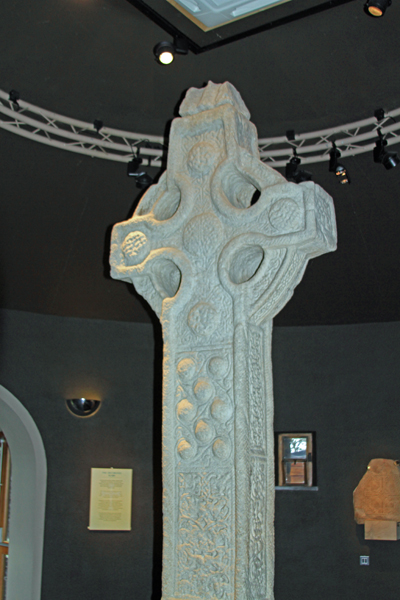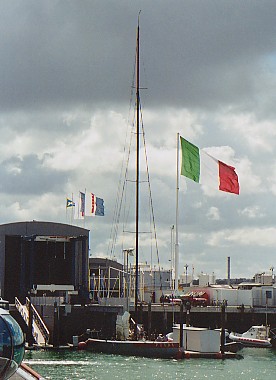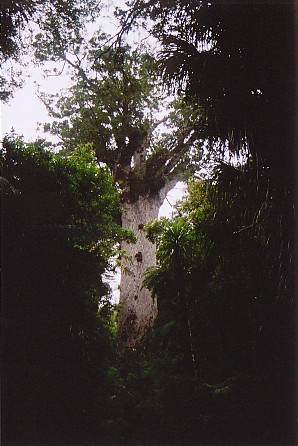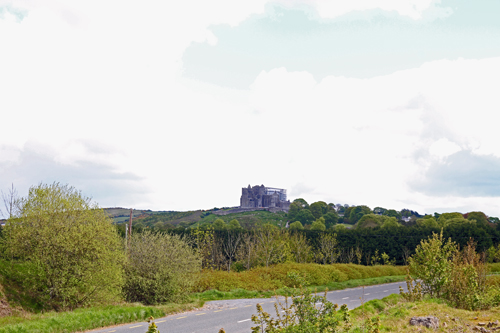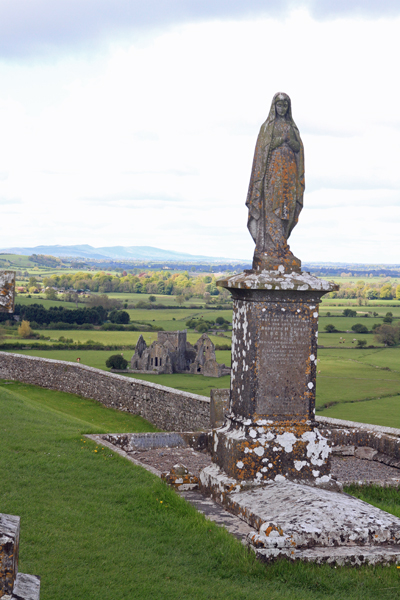On Monday, I met Rob, Zuzana, Machteld and Filip. We are part of the crew going sailing this week-end and this is the one and only meeting for us to organise the outing.
On Thurs, Rob is enthusiastic about the week end, where we are going and the weather – here is the note that he sent out (the underlines are mine):
“All,
As we get closer to leaving, the forecast is looking good for Sunday, but a
little more unsettled on Saturday. Depending on which weather forecast I
look at, I would summarise the current position as:
Wind force 3-4 SW going W on Sunday
Chance of showers on Saturday, with some maybe harder. Looks like the
weather will get better during the day as a low front passes away.
Looking further at locations, if we cannot get to Gravelines on Saturday
night, I think that Dunkerque may be a good option. There are a number of
marinas open to all states of tide, and (at least from the websites) looks
quite pretty. I will do some more research tonight.
Don’t forget to bring enough dry clothes. See you all tomorrow evening. “
It turns out that this weather forecast was not far from the truth – the problem will be the direction in which reality will deviate from forecast. But once again I am getting ahead of my story.
We left for Zeebrugge on the Friday evening after work. Rob was driving and I was navigating. We did not have too many problems with traffic until we came close to Gent where we lost about ½ hour because of road works. We arrived at the boat and Machteld and Harry were already there. Zuzana and Filip arrived soon after and so we started organising food, drinks, personal stuff etc. It always takes quite some time to checkout the boat too, and do a full inventory so that we know where everything is.
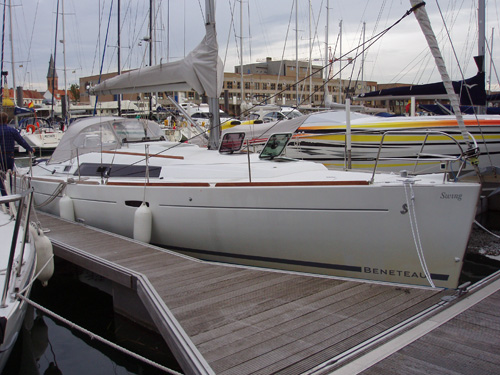
For this week-end, out home will be Swing, a 37 ft Jeanneau from Channel Sailing. I have sailed on her sister ship, Foxtrot, last year and I know she is a good boat. Annemie arrives later – she was stuck in the office later than anticipated, and so with a full crew, we decided to have dinner at a local restaurant at about 21:00.
When we get back the the boat, there is an annoying alarm and we do not quite understand what it is for. We are able to silence it, and since it is late, we decide to deal with it tomorrow.
By 6:00, most of us are already up and eager to get started. The weather looks great and I decide to wear normal clothes to start: long pants, warm shirt, sweater and a windbreaker vest. It may seem like a lot for the middle of summer, but with the wind and the cold water, it is just right. The wind feels like a good force 5, or somewhere around 20 knotts (about 35 km/h).
Since the alarm is still on, we call Carlos to discuss what to do. He indicates that this is because the second battery is running low on power. We figure that as soon as we turn on the engine, it will recharge and the alarm will clear – nothing to worry about.
We leave our mooring a little after 7:00 and start motoring towards the mouth of the harbour. It is a rather long way in Zeebrugge and after 20 minutes, I call Port Control to get permission to get out – it is granted immediately.
Unfortunately, we discover that Battery 2 is still not charging and therefore we are not able to clear the alarm. This could be a problem as it is already low and all the electronics on board run off that one battery. We decide to go on, thinking that we will figure out a solution later.
Once outside the harbour entrance, we raise full sail and shut down the engine. The wind continues at about 20 knotts in a Southerly direction. Since we needed to go South West, we were beating as close to the wind as possible, doing a good 5 to 5.5 knotts with a slight tide against us. We take turns at the wheel, changing about every hour or so. Most people have done it before so it goes without problems. Here is Harry at work, while the rest of the crew relaxes.
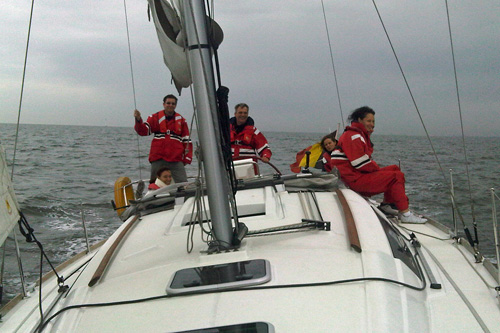
Continue reading “Zeebrugge-Dunkirk-Zeebrugge by sea” →
(1915 Page Views)

